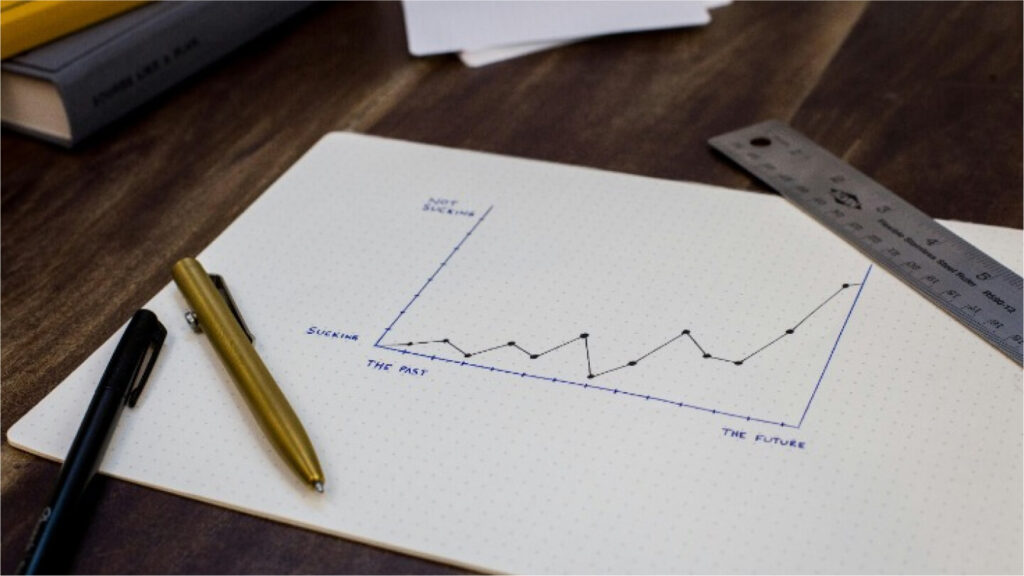In the dynamic world of investing, understanding market behavior is essential. One of the most widely used methodologies for analyzing price movements is technical analysis. Unlike fundamental analysis, which focuses on a company’s financials, technical analysis is centered around price action and trading volume. It helps traders and investors make informed decisions based on patterns, trends, and statistical indicators.
This beginner-friendly guide introduces the key concepts of technical analysis, explains how to read common chart patterns, and explores the most popular technical indicators. Whether you’re just starting out or looking to refine your approach, this article will help you gain a solid foundation in the art of market timing.
What is Technical Analysis?
Technical analysis involves the study of past market data, primarily price and volume, to forecast future price movements. It is built on the belief that historical trading activity and price changes tend to repeat due to market psychology.
Core Assumptions:
- Market prices reflect all available information.
- Prices move in trends.
- History tends to repeat itself.
Types of Charts in Technical Analysis
1. Line Chart:
Simplest form, connects closing prices over a period. Good for visualizing overall trends.
2. Bar Chart:
Displays opening, closing, high, and low prices. Offers more detail than a line chart.
3. Candlestick Chart:
Most popular chart among traders. Each candle shows the open, high, low, and close of a given period and provides visual cues about market sentiment.
Key Chart Patterns
1. Head and Shoulders:
Indicates a potential trend reversal. A classic bearish pattern if it appears at the top of an uptrend.
2. Double Top and Double Bottom:
Double top signals bearish reversal, double bottom suggests bullish reversal.
3. Flags and Pennants:
Continuation patterns that suggest a pause before the previous trend resumes.
4. Triangles (Ascending, Descending, Symmetrical):
Patterns of consolidation. Breakouts often follow.
Essential Technical Indicators
1. Moving Averages (MA):
Smooth out price data to identify the direction of the trend. Common types: Simple Moving Average (SMA), Exponential Moving Average (EMA).
2. Relative Strength Index (RSI):
Measures the speed and change of price movements. Values above 70 indicate overbought, below 30 oversold.
3. Moving Average Convergence Divergence (MACD):
Shows the relationship between two moving averages. Useful for spotting trend changes and momentum.
4. Bollinger Bands:
Plots standard deviation above and below a moving average. Indicates volatility and potential price breakouts.
5. Volume:
Confirms price trends. Rising volume with price movement strengthens the trend.
Best Practices for Beginners
- Combine indicators for better confirmation.
- Always use stop-loss orders to manage risk.
- Practice with demo accounts before real trading.
- Avoid analysis paralysis—stick to a few reliable tools.
Conclusion: Building Confidence with Charts
Technical analysis is a powerful tool when used with discipline and practice. It enables traders to spot opportunities and manage risk with more precision. As with any skill, proficiency comes with experience, so continue learning and testing strategies in various market conditions.

